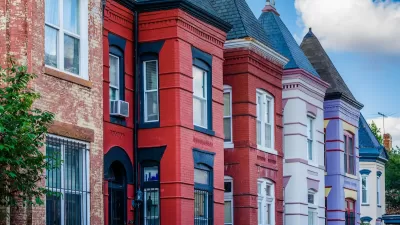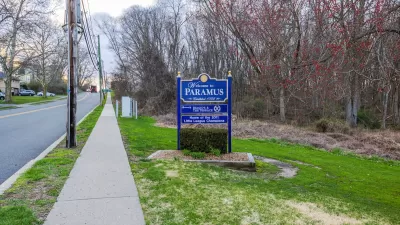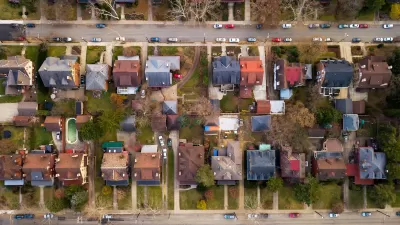The city has grown its housing stock and limited rent cost increase to just 1 percent.

Minneapolis zoning reforms had a rough go of it in 2023, but data from the last several years reveal that the city’s efforts to change restrictive land use policies have resulted in a 12 percent increase in the city’s housing stock—and just a 1 percent growth in rent costs, compared to a 14 percent jump in the rest of Minnesota. “In fact, the city has the slowest rent-growth rate among the country’s major growing municipalities,” according to Route Fifty’s Molly Bolan.
“Policies around parking and permitting near commercial areas and public transit were the two most important steps in encouraging housing construction,” Alex Horowitz, director of Pew Charitable Trusts’ housing policy team, told Route Fifty. These policies led to almost 21,000 new permitted housing units.
“Surprisingly, eliminating single-family zoning and allowing two-to-four-unit buildings on all residential lots in the city—the policy that garnered the most attention nationwide—accounted for only 1% of new permits.” However, Horowitz points out that these reforms will also help increase the housing stock over a longer term.
FULL STORY: Do land-use reforms spur housing development? You betcha.

Planetizen Federal Action Tracker
A weekly monitor of how Trump’s orders and actions are impacting planners and planning in America.

Map: Where Senate Republicans Want to Sell Your Public Lands
For public land advocates, the Senate Republicans’ proposal to sell millions of acres of public land in the West is “the biggest fight of their careers.”

Restaurant Patios Were a Pandemic Win — Why Were They so Hard to Keep?
Social distancing requirements and changes in travel patterns prompted cities to pilot new uses for street and sidewalk space. Then it got complicated.

Platform Pilsner: Vancouver Transit Agency Releases... a Beer?
TransLink will receive a portion of every sale of the four-pack.

Toronto Weighs Cheaper Transit, Parking Hikes for Major Events
Special event rates would take effect during large festivals, sports games and concerts to ‘discourage driving, manage congestion and free up space for transit.”

Berlin to Consider Car-Free Zone Larger Than Manhattan
The area bound by the 22-mile Ringbahn would still allow 12 uses of a private automobile per year per person, and several other exemptions.
Urban Design for Planners 1: Software Tools
This six-course series explores essential urban design concepts using open source software and equips planners with the tools they need to participate fully in the urban design process.
Planning for Universal Design
Learn the tools for implementing Universal Design in planning regulations.
Heyer Gruel & Associates PA
JM Goldson LLC
Custer County Colorado
City of Camden Redevelopment Agency
City of Astoria
Transportation Research & Education Center (TREC) at Portland State University
Camden Redevelopment Agency
City of Claremont
Municipality of Princeton (NJ)





























